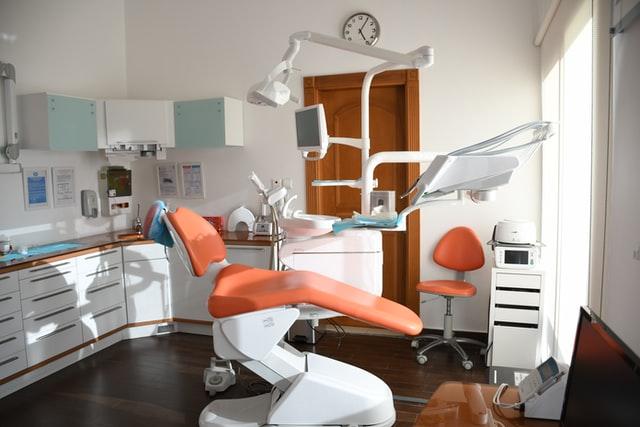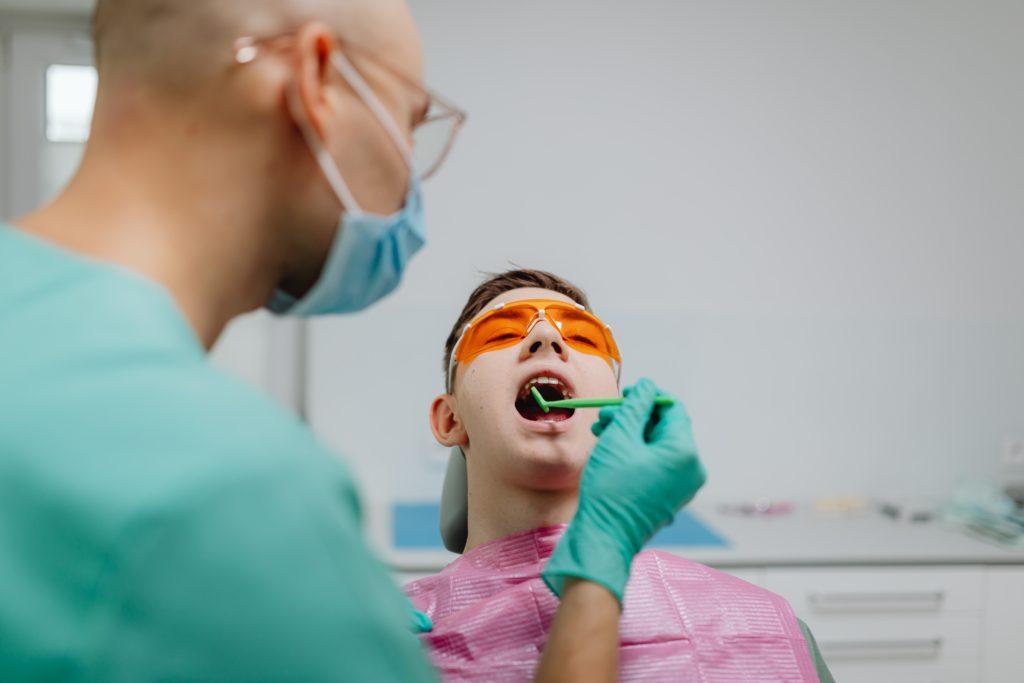10 Dentistry Facts About the Dental Field
Dentistry is a fascinating field of study with a long and interesting history. Like most medical fields, dentistry is constantly evolving. To further your knowledge and help develop a better understanding of dentistry, here is a list of 10 dentistry facts that you probably don’t know.
Table of Contents
10 Surprising Dentistry Facts
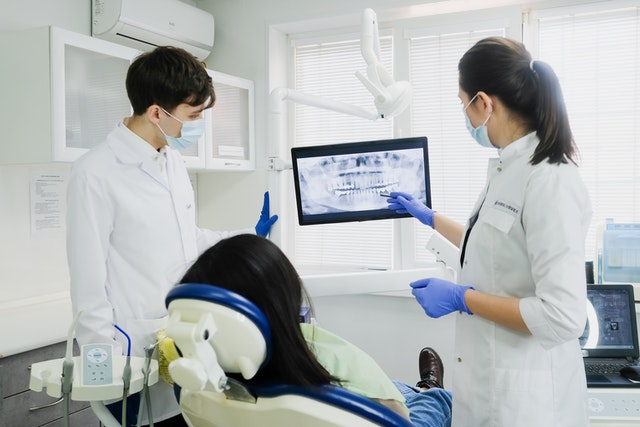
Dentistry is a growing field to help keep up with the patient’s evolving dental needs. We hope that list list of dentistry facts will help you improve your own oral health while gaining a better appreciate for the dentistry field.
1. Enamel is the Hardest Substance in the Human Body
We all know that our teeth are pretty tough. After all, they have to withstand a lot of wear and tear on a daily basis. But did you know that the enamel on our teeth is actually the hardest substance in the human body?
That’s right – it’s even harder than the rest of our bones! Enamel is made up of mineral crystals, and it helps to protect our teeth from damage and decay. However, it is not indestructible.
Over time it can wear away, leaving our teeth more vulnerable to cavities and other problems. So be sure to take care of your teeth and visit your dentist regularly to keep them looking and feeling their best.
2. Dentists Were First Used as Battlefield Surgeons During World War I
Dentists have been playing an important role in healthcare for centuries. In fact, the first dentists were actually battlefield surgeons. During World War I, dentists were often called upon to treat soldiers who had been injured in combat.
They quickly learned that many of the same techniques used to treat teeth could also be used to treat wounds. As a result, dentists became an essential part of the war effort. In addition to treating injuries, dentists also played a vital role in preventative care.
They worked hard to promote good oral hygiene among soldiers and civilians alike. Thanks to their efforts, the rate of dental diseases decreased significantly during the war. Today, dentists continue to play an important role in keeping people healthy.
In addition to providing essential medical care, they also work tirelessly to educate the public on good oral hygiene and the prevention of tooth decay. Dentistry facts like this one show how important dentists have been throughout history!
3. In Ancient Greece, it was Considered Good Hygiene to Have White Teeth
In Ancient Greece, having white teeth was considered a sign of good oral hygiene. Greeks would use a variety of methods to whiten their teeth, including rubbing them with ashes or using special toothpastes.
While the exact ingredients varied depending on the region, these toothpastes typically contained myrrh, salt, and vinegar. Palestinians also used a similar mixture of myrrh and salt to whiten their teeth.
In addition to being considered signs of good oral hygiene, white teeth were also seen as symbols of beauty and power. Consequently, many wealthy Greeks would have their teeth regularly cleaned and polished by professional tooth whiteners.
While the methods used to achieve white teeth have changed over time, the importance of having a bright smile has remained constant.
4. 25% of American Adults Avoid Smiling in Photos Due to their Teeth
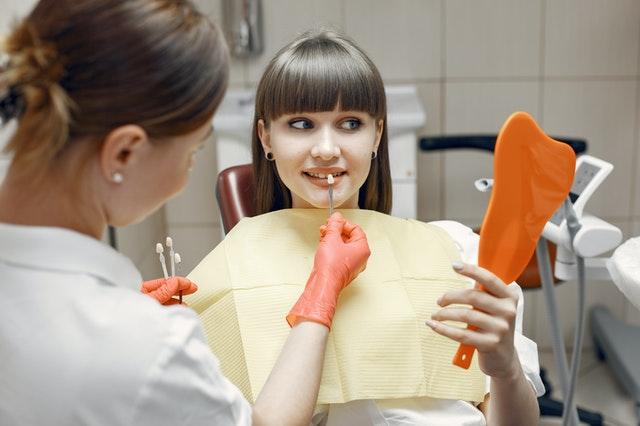
According to a recent survey by the American Dental Association, one quarter of American adults avoid smiling in photographs because they are self-conscious about their teeth. This is understandable, considering that many people are not happy with the way their teeth look.
In fact, a study conducted by the American Academy of Cosmetic Dentistry found that nearly 50% of adults are unhappy with the appearance of their teeth. Dentistry facts like this show that there is a large roll for dentists to play in terms of self-confidence.
There are a number of reasons why people might not be satisfied with their teeth, including stained or yellowed teeth, gaps between teeth, and crooked or misaligned teeth. Fortunately, there are many options available for those who want to improve the way their teeth look.
For example, teeth whitening can help to eliminate stains and yellowing, and bonding or veneers can be used to close gaps and correct misshapen teeth. With today’s advanced dental treatments, there’s no reason to feel self-conscious about your smile!
5. The First Dentist was Actually a Barber
It’s hard to imagine a world without dentists, but it wasn’t until relatively recently that this profession came into existence. In the ancient world, people relied on barbers to take care of their teeth.
Barbers would use sharp tools to remove tartar and clean teeth. They also extracted teeth that were too damaged to be saved. As you can imagine, this was a pretty painful process!
Thankfully, dentistry has come a long way since then. Today, dentists use a variety of sophisticated techniques to keep our teeth healthy and our smiles bright. And we have the ancient barbers to thank for getting us started on the path to good oral health.
6. Dentists used to use Gold, Silver, and Mercury to Fill Cavities
Dentists used to use materials like gold, silver, and mercury to fill cavities, but now they primarily use composite resin. This shift is due to the fact that composite resin is much more aesthetically pleasing than metal fillings.
In addition, composite resin is stronger and more durable than metal fillings, so it is less likely to break down over time. Metal fillings can also expand and contract in response to changes in temperature, which can cause them to crack or fall out.
Composite resin is much more stable in this regard. While metal fillings are still used in some cases, composite resin is now the preferred material for most patients.
7. 33% of People Avoid the Dentist because They're Afraid of Needles
It’s no secret that needles can be a bit daunting, especially when it comes to dental work. In fact, studies show that one out of every three people avoid the dentist because they’re afraid of needles.
However, there’s no need to let your fear of needles keep you from getting the dental care you need. There are a few things you can do to ease your anxiety and make your next dental appointment a breeze.
First, be sure to communicate with your dentist. Let them know that you’re nervous and ask them to take extra care in ensuring that you’re comfortable.
Second, try to relax and focus on something else during the procedure. You might want to bring along a book or some music to help take your mind off of what’s happening.
Finally, remember that needles are just a small part of the dental experience. After all, the goal is to get you healthy and smiling again in no time.
8. You Should Replace Your Toothbrush Every 3 Months
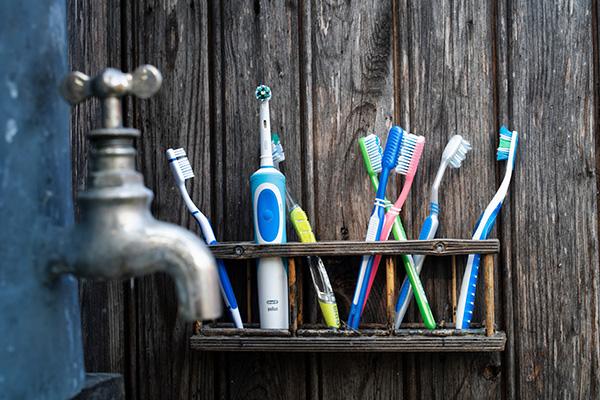
One often overlooked aspect of dental hygiene is the toothbrush. It’s important to remember that toothbrushes wear out over time and should be replaced every 3 months.
Bristles become frayed and misshapen with use, and this can impact the efficiency of brushing. In addition, bacteria can build up on the bristles, which can lead to gum disease or other infections.
Always remember, it’s best to err on the side of caution and replace your toothbrush frequently. This is one of the most important but very overlooked dentistry facts on the list!
9. Brushing Your Teeth Can Help Prevent Heart Disease
You probably learned in elementary school that brushing your teeth is important for preventing cavities. But did you know that brushing your teeth can also help prevent heart disease?
Studies have shown that there is a link between gum disease and heart disease, and that regular brushing can help to reduce the risk of both. Bacteria from plaque on your teeth can enter the bloodstream and cause inflammation, which can lead to heart disease.
So, even though it might seem like a small thing, dentistry facts like this one will help you achieve better heart health. Remember, brushing your teeth regularly can have a big impact on your overall health as well.
10. Childhood Cavities Is The #1 Chronic Disease in the U.S.
Early childhood cavities is one of the most common chronic diseases among children in the United States. It is so common and affects so many children’s health that it has now been declared a disease.
The increased risk of cavities among children is due to a number of factors. The biggest factor is diet. There are over 60 different names for sugar that are allowed to be on the Nutrition label. Diet combined with poor oral hygiene practices will lead to cavities. This then leads to pain and infection that affects eating, speech development, sleeping patterns, and behavioral learning problems.
To learn more about improving your child’s oral health and reducing their risk of cavities, check out our Children’s Oral Health Guide.
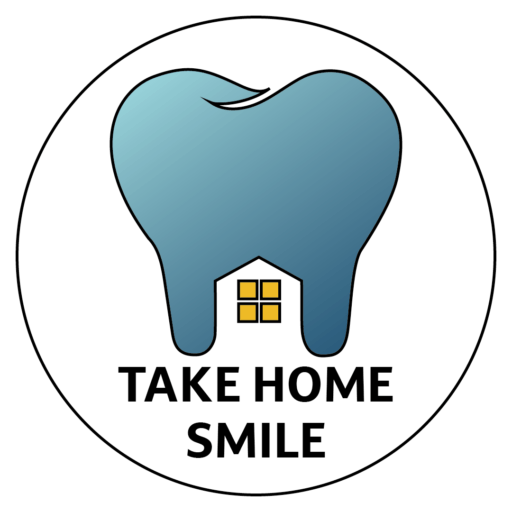
We hope you enjoyed these 10 dentistry facts and that they helped you gain some knowledge about the dental field. For more dentistry facts, feel free to check out our most recent articles covering topics like:
Take Home Smile Store
Visit our Take Home Smile store for educational brochures and other fun printables to help with oral hygiene. All products can be customized to fit your dental needs.

